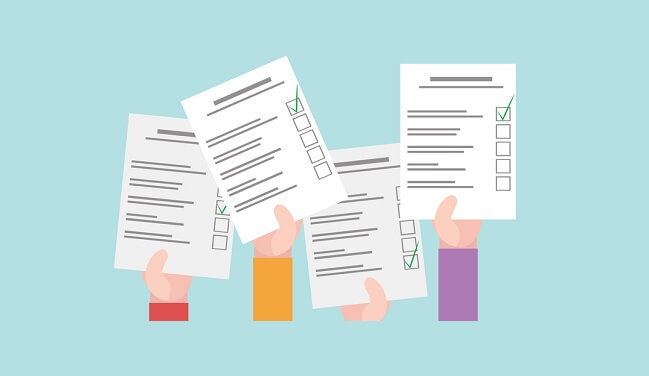A Closer Look into the W.A.Y. Survey
April 28, 2022
The results of the December 2021 Prevention Needs Assessment Survey for youth were released this past March, and the outcome initially surprised many. The national survey was administered by the Working Alliance for Youth (WAY) coalition and given to eighth graders, sophomores, and seniors as a way to measure trends regarding substance use, student perception of drug and alcohol harmfulness, and the social acceptance of drug and alcohol use.
The results of the survey were then compared to the Monitoring the Future study, which measures trends in adolescent use over longer periods of time, both in Hastings and the nation as a whole. As part of a 5-year Drug Free Community (DFC) grant for the community, it is obligatory that the Hastings Youth Advocacy Program conduct these surveys every two years.
The survey, this year, as in the past, has shown that the usage of certain drugs and alcohol in Hastings is generally higher than the national average, although there were significant decreases this year in particular. For example, in 2017, 81% of seniors reported having “more than just a few sips” of alcohol in the past 30 days, while in 2021, 58% of seniors affirmed use for this question. A particularly distinctive result from the survey was a decline in e-cigarette use, which went from 36% to 7% for 10th grade in the two years between surveys, well below the national average of 16%. However, students on this year’s survey were less likely to perceive e-cigarettes as harmful, which is unusual, since usually a lower perception of risk goes hand in hand with higher rates of use. Although there were clear drops in general youth use, there were various factors that could have contributed to this decline.
Ms. Repp notes that “we are not going to ignore the fact that we were all hunkered down due to COVID,” believing that “[the low results] are a perfect storm of different things.”
Typically, this survey is also administered in warmer months, but was delayed until December due to COVID. This change could have also had drastic impacts on the “past 30 days” questions, since the colder December days may have dissuaded students from partying outdoors. The steep drop also begs the question: how do we know students are being truthful in the self-reported surveys? Could this year’s low results as well as what some saw as unrealistically high rates in past years, especially around binge drinking and alcohol use, be the result of students exaggerating or understating usage?
Linda Fosina, the WAY coalition coordinator, emphasized that she is confident in the overall accuracy of the survey as there are various validity checks incorporated into its creation. She explained that for the most recent survey last December, “10 surveys were eliminated” for either reporting use of a “fictitious drug, indicat[ing] that they were “Not Honest At All,” report[ing] an impossibly high level of multiple drug use,” or “indicat[ing] past-month use rates that were higher than lifetime use rates,” etc. Ms. Fosina believes that by omitting these kinds of clearly dishonest responses guaranteeing anonymity, the survey administration incentivizes student honesty.
“There is no reason to think that, even if there is a certain level of dishonesty, that [the statistics] would be significantly different one year from another,” said Ms. Fosina. Nevertheless, despite her faith in the survey, Ms. Fosina acknowledged that COVID has “certainly impacted the results of the survey as students were not interacting as they did pre-COVID-19.”
In speaking to several students, it seems most believe that, over-archingly, their peers were dishonest in taking this particular survey.
“I’ve talked to many students about [the youth drug and alcohol] survey and I think most students completely did not tell the truth, pressing either all ‘yes’ or ‘no’ or whatever solutions there were just to get it over with,” said Austin Schiffer, a sophomore at HHS.
On the contrary, Will Muller, a senior, felt he is always honest in surveys administered by the school. Similarly, Izzy Meisner, a sophomore, felt that students were mostly truthful, but that “if the survey was not anonymous, [she] wouldn’t have been truthful.”
Another sophomore, who requested anonymity, said she was dishonest, and she had “overheard other people say they were not honest too,” noting that the extensive length of the survey was tedious and repetitive.
“I just feel like it’s not an accurate representation,” she added.
Attempting to decisively claim that students are sincere or not would be impossible, but perhaps the honesty factor should be considered more prominently when relying on these survey results to design future interventions.


















